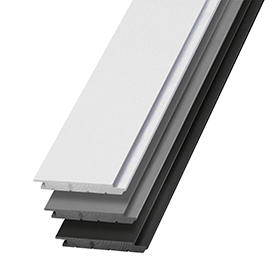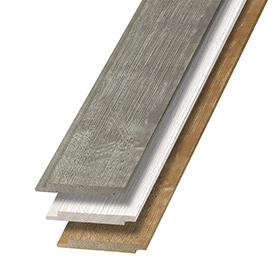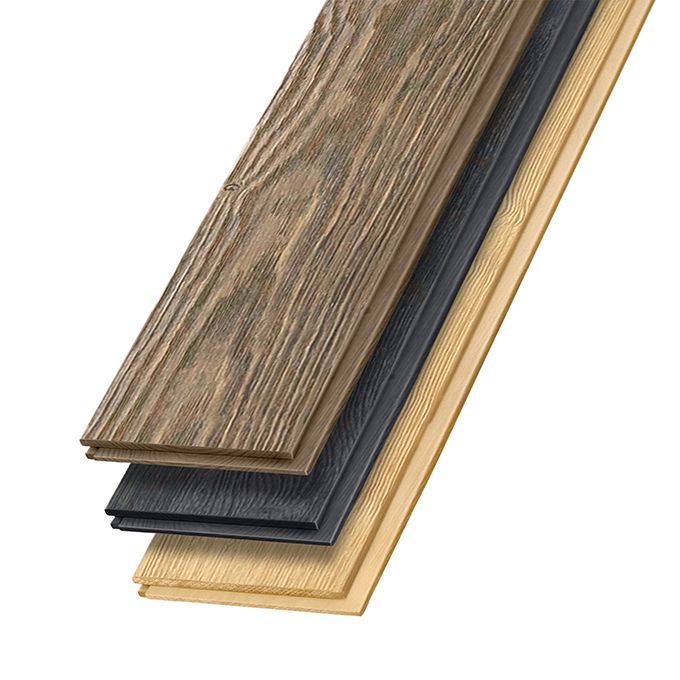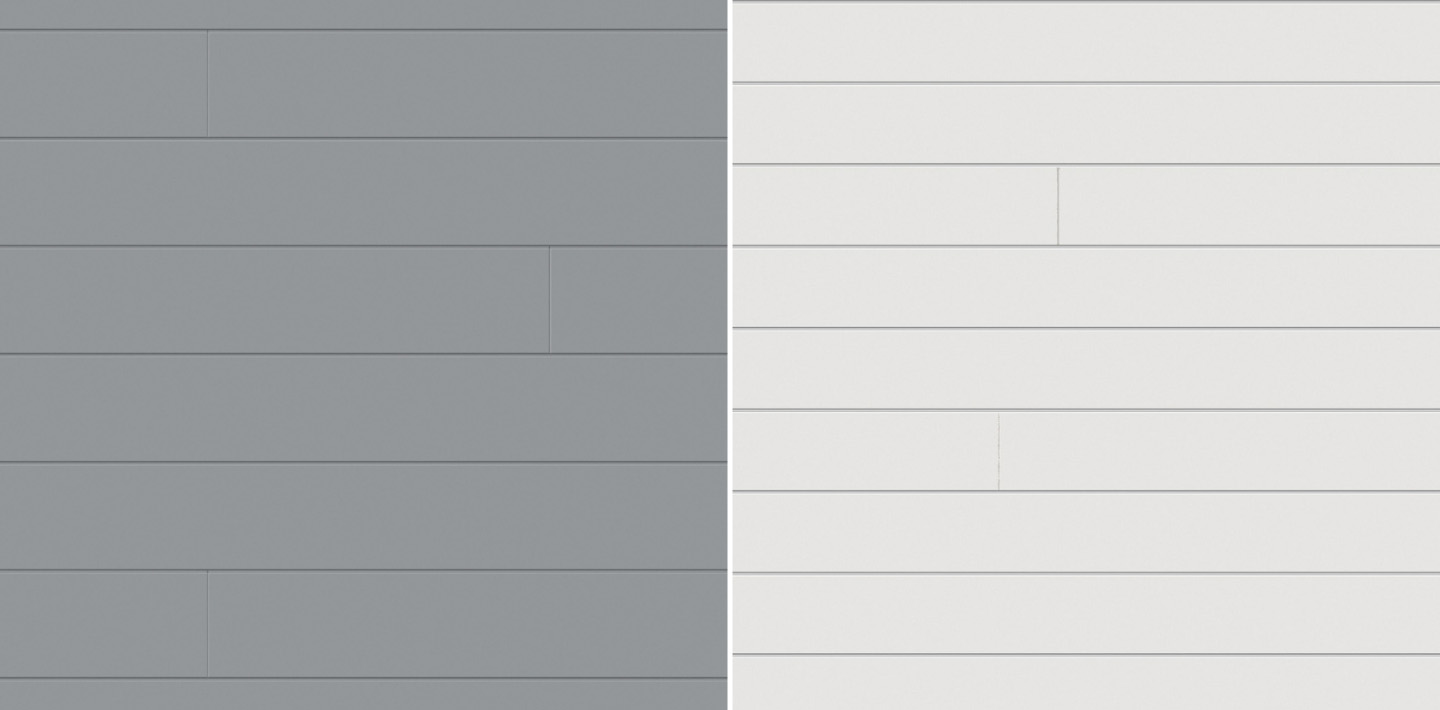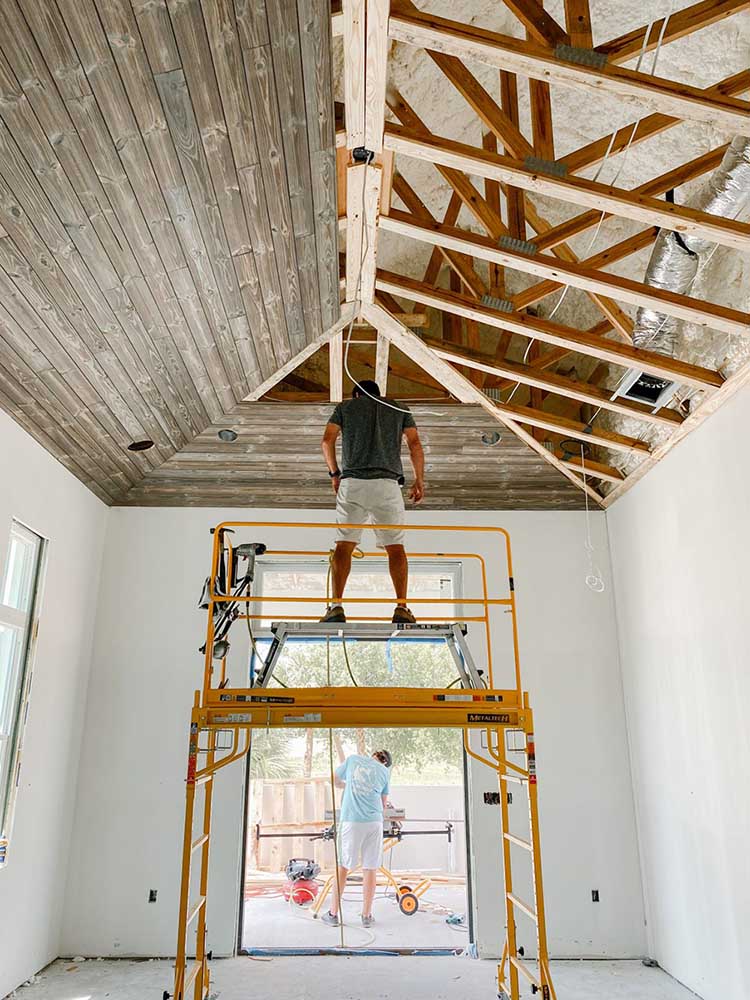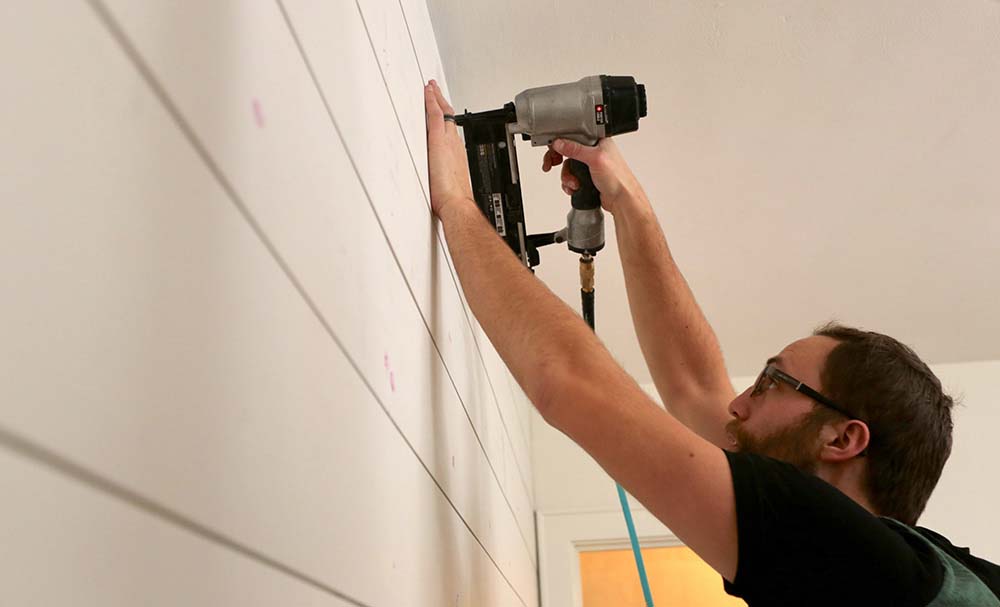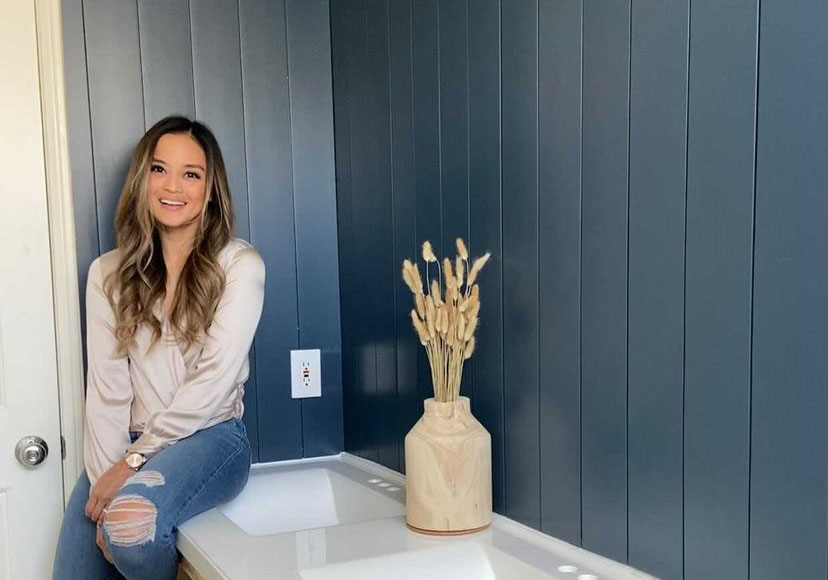
Why Do Shiplap and Trim Boards Warp and Cup
Posted 7/23/2018 by Cassie Klitzke
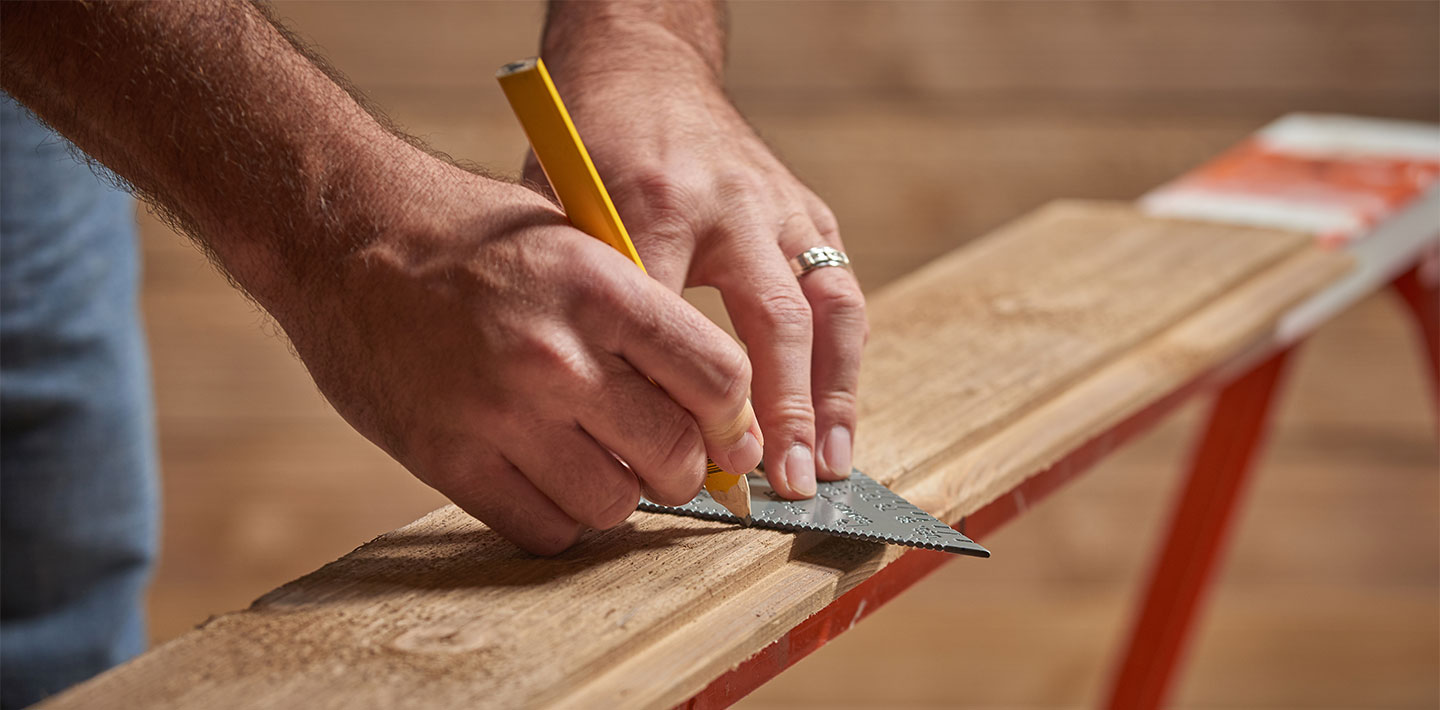
Anyone who has ever bought lumber knows that picking out flat, even boards can sometimes be a challenge. You’ll find yourself digging through the various lengths of lumber, knowing that those perfectly straight boards have somehow migrated to the very bottom or back of the pile. In your quest to find those perfect boards, you come across boards with warping and cupping and think, “Oh, this is not good to use. Why is this even out here?”
You might be surprised to know warping and cupping is a naturally occurring element in wood and not necessarily a bad thing.
What causes warping and cupping?
Warping and cupping can occur for several reasons: the species of the board, grain orientation or when boards gain or lose moisture at an uneven rate. Although most boards are kiln dried after treating (KDAT) to help evenly dry and reduce the chances of warping and cupping, there are many factors that can reintroduce or remove additional moisture
Additional moisture can potentially be reintroduced or removed at any time during the transportation and storing process if not handled and stored properly. Boards can be exposed to rain, humidity and other climate factors that affect the total moisture content of the boards. This unbalanced exposure can cause the once flat boards to deteriorate in the form of:
- Bowing: warping along the length of the face of the wood
- Crooks or Wain: similar to a bow, it is warping along the length of the edge of the wood
- Cupping: a warp across the width of the board face, causing the edges to be higher or lower than the center of the wood
- Twisting or Winding: a distortion in which the two ends do not lie on the same plane, or causing a curl or spiral
Painting or even staining can also reintroduce moisture content into the boards. Consumers often forget that, yes, paint is indeed wet, and that moisture can leech into the boards. Depending on the type of paint or stain, this small amount of moisture reintroduction can be enough to cause slight cupping and warping as it dries. We recommend priming the entire board so the board dries in a consistent manner or installing the board prior to painting.
Even if you do not intend to paint boards, it is always recommended you let boards acclimate for several days before installing them. And, if you plan on using the boards in an exterior setting, make sure to seal the boards with a wood protector sealant to keep out the elements.
How much warping and cupping is acceptable?
There is no real set range for what is considered acceptable when it comes to warping and cupping. Some people prefer to avoid warping and cupping altogether, but others know that the boards are still workable. When starting any project, it is always best to buy 10% extra of any building material so you have plenty of material after the acclimation process.
But won’t the warping and cupping look uneven when installed?
Shiplap and trim boards that show some signs of warping and cupping will install just fine on most walls. You may need to put a little more work into nailing them down, but once installed, the boards should look the same as the other flat boards. However, no two boards are alike, and the amount of warping and cupping that you want to allow is fully up to you.
